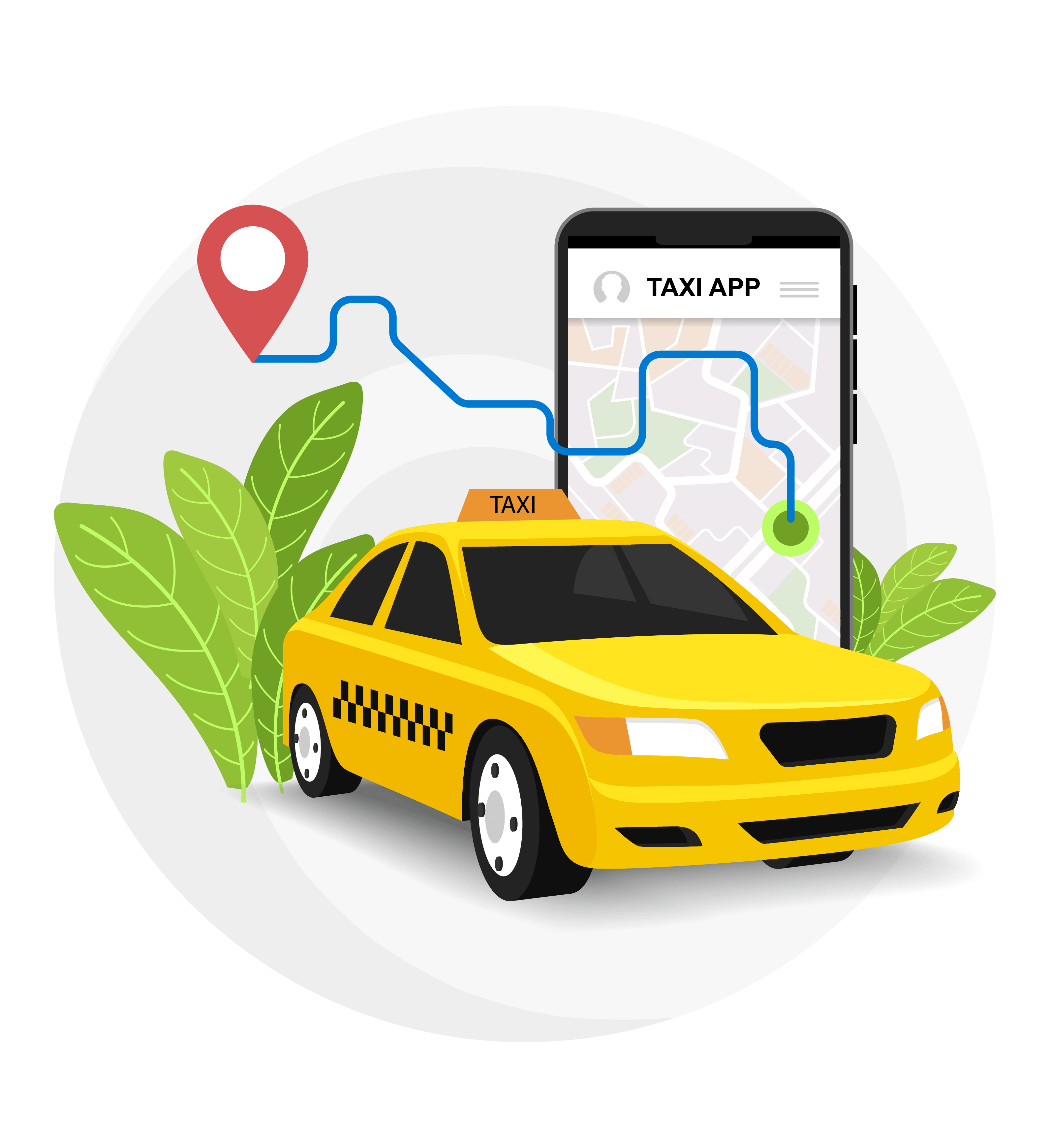Blogs
Transforming the Ride-Hailing Industry: The Ultimate Guide to Developing an Uber Clone App
In the era of digital transformation, ride-hailing services have revolutionized the transportation industry, offering convenience, efficiency, and a seamless user experience. Uber, a pioneer in this space, has set a high benchmark for on-demand transportation services. However, there’s ample opportunity for new players to enter the market with innovative solutions tailored to specific niches or regions. If you’re looking to capitalize on this opportunity, developing an Uber clone app can be a game-changer. In this blog post, we’ll explore the essentials of creating an Uber clone app, including key features, development process, and tips for success.

Why Develop an Uber Clone App?
Proven Business Model: The success of Uber has validated the on-demand ride-hailing model, demonstrating strong demand and profitability potential.
Scalability: A well-designed Uber clone app can scale to accommodate growing user bases and geographic expansion.
Customization: An Uber clone app allows for customization to meet specific market needs, whether it’s catering to a niche demographic, integrating unique features, or complying with local regulations.
Key Features of an Uber Clone App
To ensure the success of your Uber clone app, it’s crucial to incorporate essential features that provide a seamless user experience for both riders and drivers.
Rider Features:
User Registration and Profile Management: Simple sign-up process with options for email, phone number, and social media integration.
Booking Interface: Intuitive booking system allowing users to set pickup and drop-off locations, choose vehicle types, and schedule rides in advance.
Real-Time Tracking: GPS-enabled tracking to monitor driver location and estimated time of arrival (ETA).
Fare Estimation: Transparent fare calculation based on distance, time, and dynamic pricing factors.
Payment Integration: Multiple payment options including credit/debit cards, digital wallets, and cash.
Ride History: Access to past ride details, receipts, and ratings.
In-App Messaging: Secure communication between riders and drivers.
Rating and Feedback: System for riders to rate their experience and provide feedback.
Driver Features:
Driver Registration and Profile Management: Comprehensive registration process with verification of documents and background checks.
Trip Alerts: Real-time notifications for new ride requests with options to accept or decline.
Navigation and Route Optimization: Integrated GPS and map services for efficient route planning.
Earnings and Reports: Dashboard displaying earnings, completed trips, and performance metrics.
In-App Communication: Secure messaging system for communicating with riders.
Driver Support: Access to customer support and help resources.
Development Process
Developing a successful Uber clone app involves several key steps:
Market Research: Conduct thorough research to understand your target market, competitors, and user preferences. Identify unique selling points and potential challenges.
Define Requirements: Outline the features and functionalities of your app, keeping user experience at the forefront.
Choose Technology Stack: Select the appropriate technology stack for your app, including programming languages, frameworks, and third-party services for functionalities like GPS tracking and payment processing.
Design UI/UX: Create an intuitive and user-friendly design for both rider and driver interfaces. Focus on simplicity, ease of use, and visual appeal.
Develop and Test: Build the app using agile development methodologies. Conduct rigorous testing to identify and fix bugs, ensuring a smooth user experience.
Launch and Marketing: Deploy your app on relevant platforms (iOS, Android) and implement a comprehensive marketing strategy to attract users and drivers.

Conclusion
Developing an Uber clone app offers a promising opportunity to enter the lucrative ride-hailing market with a proven business model. By focusing on essential features, following a structured development process, and prioritizing user experience, you can create a successful app that meets the needs of both riders and drivers. If you’re ready to embark on this exciting journey, start by understanding your market, defining your unique value proposition, and partnering with experienced developers to bring your vision to life. With the right approach, your Uber clone app can transform the ride-hailing landscape and drive significant growth for your business.



